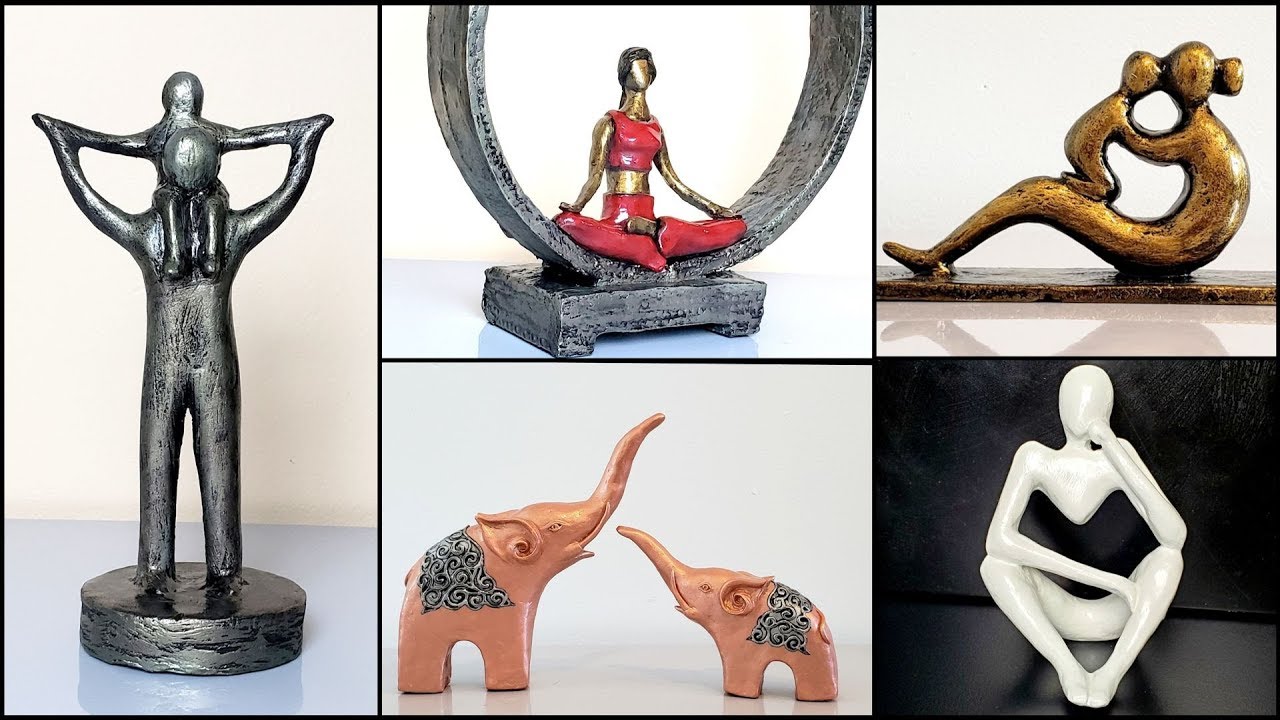Course Overview
Introduction
This module describes the skills, knowledge, and attitude required for students who completed the nine years of basic education, and it is intended for learners who have completed the TVET certificate II in Sculpture and other related qualifications. At the end of this module, learners will be able to curve different objects, decorate objects, and decorate low-relief objects.

(Source Internet)
Learning Objectives
Upon completion of this module, the trainee will be able to:
- Prepare the working environment
- Prepare raw materials
- Curve the artwork
- Finish artwork.
